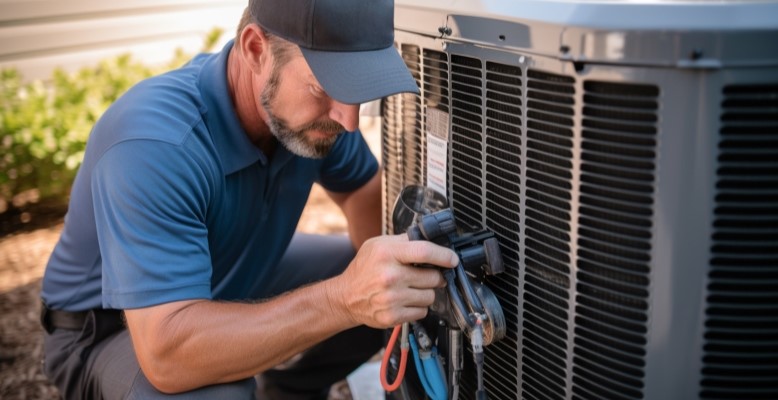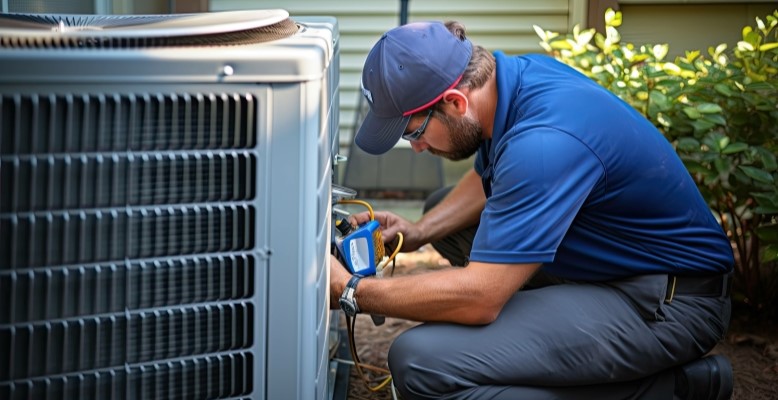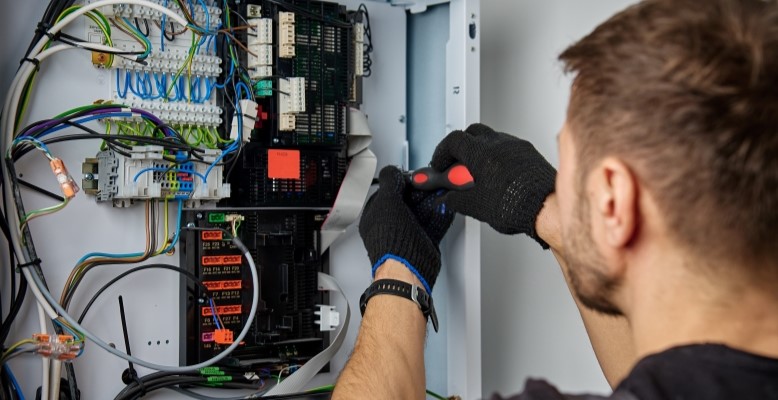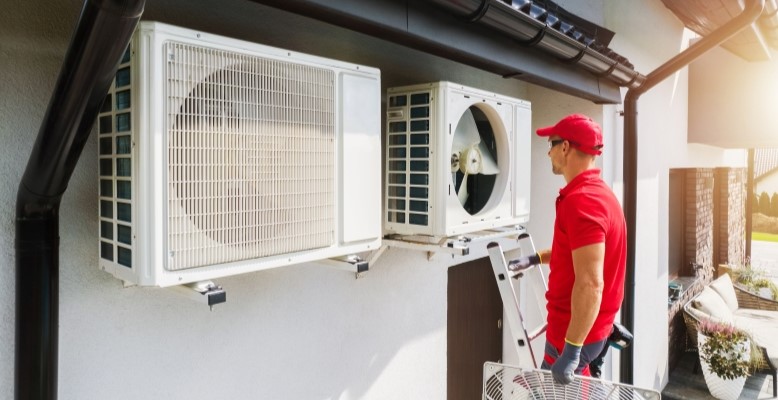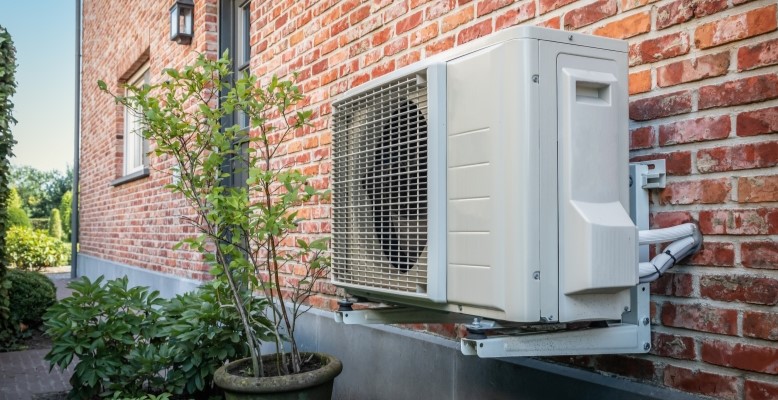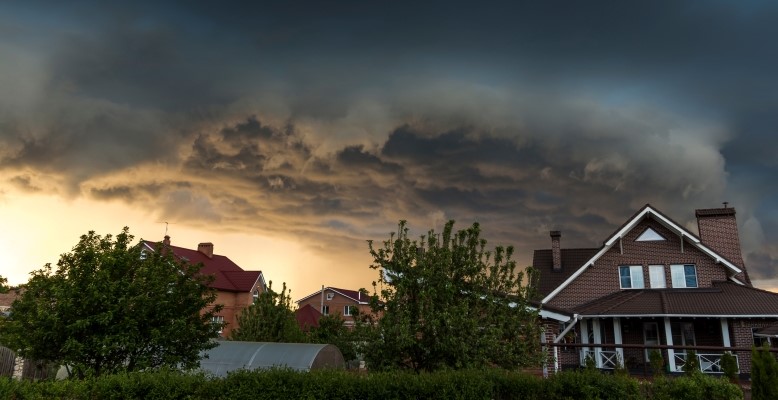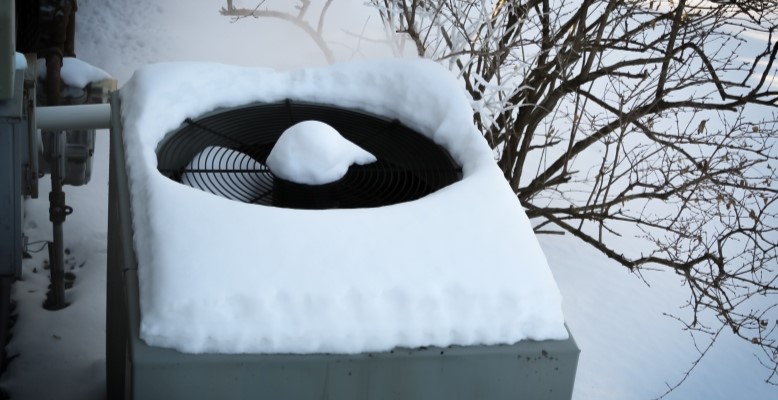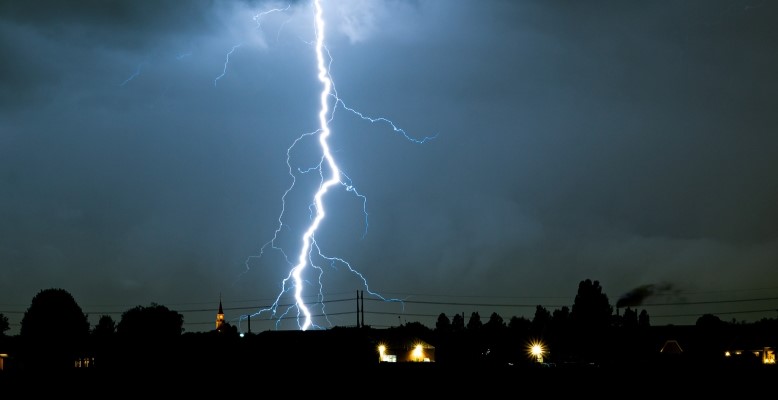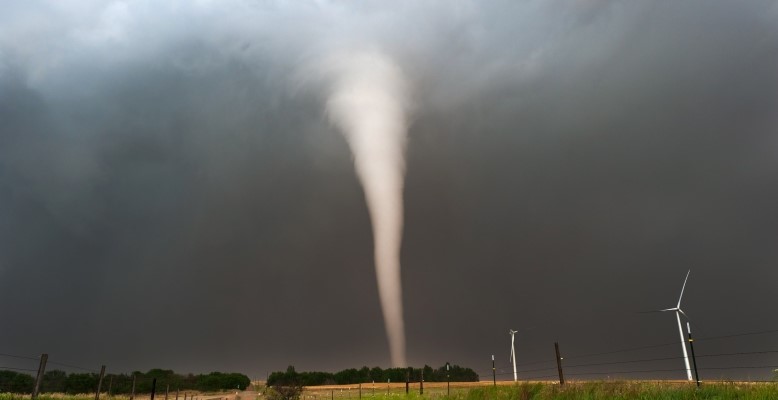Published on July 16, 2025 by: alhhvac
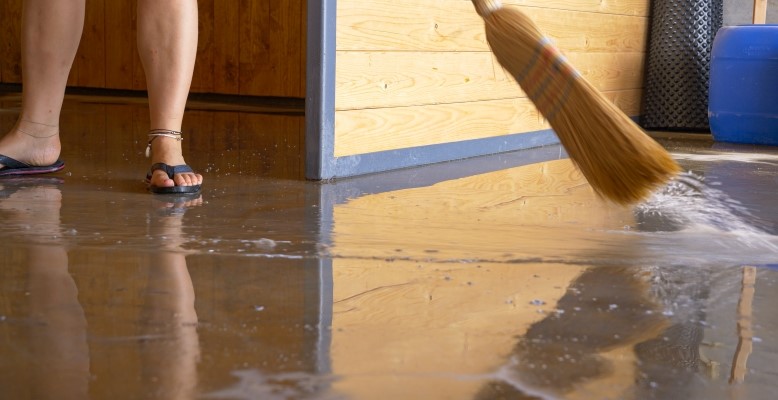
Preserving Your Heating & Air Conditioning Systems From Severe Water Damage
Floods can cause devastating damage to homes and businesses. According to the Joint Economic Committee, the total cost of flooding in the United States is between $179.9 and $496 billion each year. In turn, it is crucial for property owners to take proactive steps to protect vulnerable parts of their home — including HVAC systems.
With chances of severe impact on essential systems like heating, ventilation, and air conditioning, homeowners need to take necessary precautions when at risk of flooding. Read on to learn about the specific risks that flooding can impose on HVAC systems, how you can protect your units, and what to do when flooding does affect your property.
How Can a Flood Affect Your HVAC System?
Flooding can lead to both immediate and long-term damage to HVAC systems, impacting performance, efficiency, and safety. Here are just a few of the most common issues.
Water Damage to Key Components
HVAC units contain delicate electrical and mechanical components — highly vulnerable to water exposure. Floodwater can infiltrate compressors, coils, ductwork, and insulation, leading to corrosion, electrical shorts, and complete system failure. Saltwater flooding is of particular risk; this flooding not only causes issues typical of water infiltration, but can also accelerate corrosion.
Internal Mold Growth & Poor IAQ
Flooding leads to moisture, and moisture creates ideal environments for mold and bacterial growth inside HVAC units. Contaminated ductwork and air handles spread mold spores throughout your building, severely degrading indoor air quality. Poor IAQ spurred by mold can lead to health issues; the Environmental Protection Agency lists potential ailments including respiratory irritation, allergic reactions, and even long-term illness when left unaddressed.
Wide-Reaching Electrical Damage
Water and electricity are a dangerous combination. Flooding can damage electrical circuits, breakers, and control boards within HVAC systems, creating fire hazards and system malfunctions. Water damage is pervasive; even if a unit appears operational after a flood, hidden electrical damage may pose significant long-term safety risks.
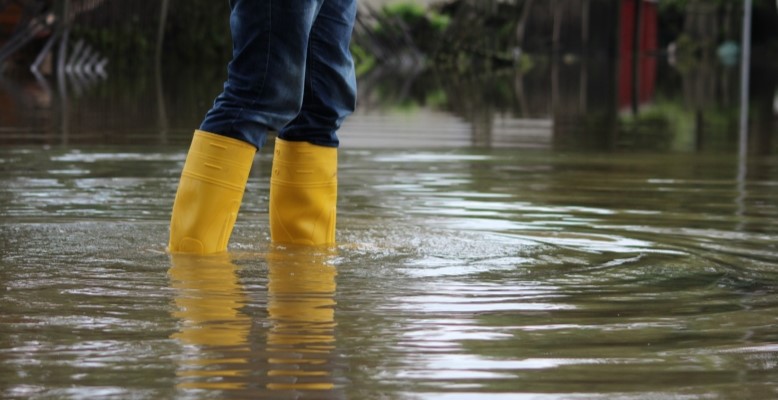
HVAC Flooding Preparation: Steps to Protect your Heating & Air Conditioning
Proper preparation can help mitigate flood-related damage and extend the life of your HVAC system amidst natural disasters. Following these preventative steps can prevent some of flooding’s most significant effects.
Shielding Outside Units
Because they make direct contact with the storms that cause flooding, outdoor HVAC units are particularly vulnerable to floodwater. To minimize damage, consider:
- Elevating the unit, installing HVAC flood platforms to keep units above potential water levels.
- Using waterproof protective covers, shielding units from rain and debris while still allowing airflow.
- Anchoring the system, securing your outdoor unit to a concrete base to prevent it from shifting or floating during severe floods.
Protecting Indoor Components
Indoor HVAC systems, including furnaces and air handlers, also require flood-proofing — especially in vulnerable locations such as basements. Some ways to secure these units include:
- Raising indoor units above flood-prone levels.
- Sealing ductwork using water-resistant sealants help prevent floodwater from seeping into ducts, reducing contamination risks.
- Installing a sump pump that helps prevent water accumulation around HVAC systems in flood-prone areas.
Plans for HVAC System Relocation
For some properties in high-risk flood zones, these preventive measures may not be enough; raising HVAC units can hardly prevent damage when an entire floor is flooded. In these areas with severe flooding relocating HVAC systems may be the most effective long-term solution. Consider moving essential HVAC components to higher floors such as attics or installing wall-mounted mini-split systems that avoid ground-level exposure.
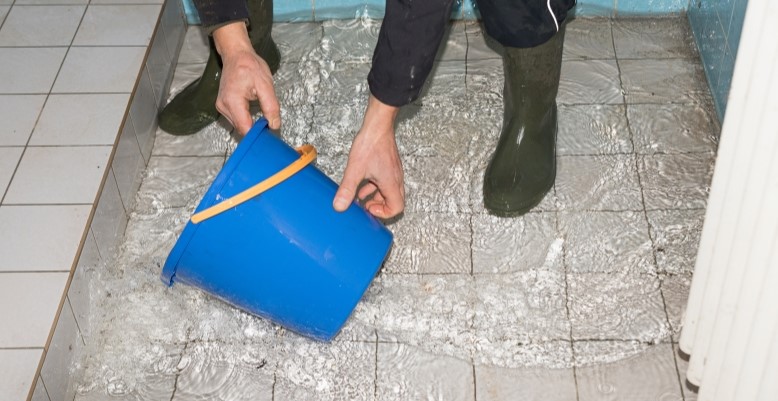
Does My HVAC Unit Need Replacement After Flooding? Contact Our Experts
Even with all of these protective measures, floods can still cause extensive damages to HVAC systems. Most HVAC brands, including Bryant, offer extensive warranties on their products. These warranties may not include flood damage. Checking your unit for visible corrosion, debris damage, electrical malfunctions, and mold contamination are great first steps; ultimately, however, it’s impossible to know whether your HVAC unit needs replacement without the help of a licensed technician.
Andy Lewis Hobson specializes in post-flood HVAC inspections, repairs, and replacements. Our team assesses water damage, restores functionality, and ensures your system is safe to operate. If your unit has been impacted by flooding, contact us today to schedule a comprehensive assessment and keep your home’s air quality and comfort intact.


